After finishing up the Star Trek Tour, I had dinner, then headed for the motel, the Trout House Village Resort, and checked in. The Trout House has frontage along Lake George, with floats, a swimming area and some kayaks. It was windy, and near dusk, by the time I settled in, so I contented myself with settling into an Adirondack chair on a float on the lake.
The next morning, I headed for the fort. I didn’t know much about the fort other than the fact that it was the site of a Revolutionary War battle, but I figured I’d find out there.
The fort started out as a French fort, Fort Carillon, built during the French and Indian wars to defend the portage between Lake Champlain and Lake George three miles away. Back in the days of no or very poor roads, water transport was very important, and Lake Champlain and Lake George provided a route into the Hudson River area. The connecting river, La Chute, is full of rapids and is unnavigable.
The vastly outnumbered French managed to fend off a rather incompetent British attack in 1758 before the British took the fort in 1759. The British renamed it Fort Ticonderoga, and held it until 1775, when Ethan Allen and the Green Mountain Boys managed to take the fort in a surprise attack. The biggest significance of that was that guns from the fort were sent to Boston to break the British siege.
The only problem was that there is a very high hill, Mount Defiance, overlooking the fort. The Americans assumed that that there was no way of getting guns up there, but General Burgoyne proved them wrong and mounted guns above the fort with clear lines of fire at the fort. The Americans learned about it before the British could open fire, and abandoned the fort without firing a shot. The British held onto the fort until after the failed Saratoga campaign, and after that it gradually fell into ruins.
It was restored at the beginning of the twentieth century, and a foundation runs it now; there are exhibits and activities inside, and there are reenactors demonstrating how things were during its active period. The foundation chooses a different time period each year, and this year, they were demonstrating the French period as Fort Carillon. They also run a boat tour of Lake Champlain, and have restored a garden, called the King’s Garden, which was built in the early twentienth century nearby.
When I first arrived, there was a musketry demonstration going on, demonstrating the different roles soldiers played during a battle. After that was over, I went inside, and wandered my way around the fort, spending about 90 minutes walking through the buildings on all four sides of the central courtyard.
I noticed there was a boat tour running at 1 PM, so at 12:30 I left the fort for the boat dock. The boat slowly motored around Lake Champlain in the fort area while a guide pointed out various points of interest along the way.
When we got back to the dock, I took a walk through the King’s Garden, which had been first commissioned by the wife of the man who restored the fort. I then had a late lunch, then drove back through the center of town and then up to Mount Defiance to see the overlook where the British mounted the guns with a commanding view of the fort.
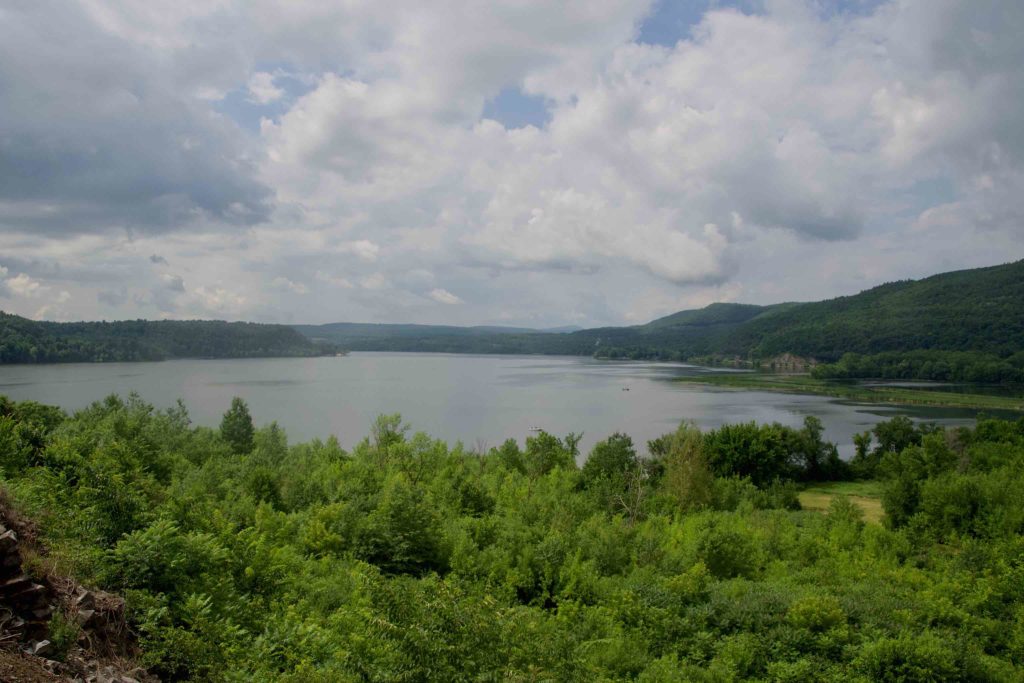
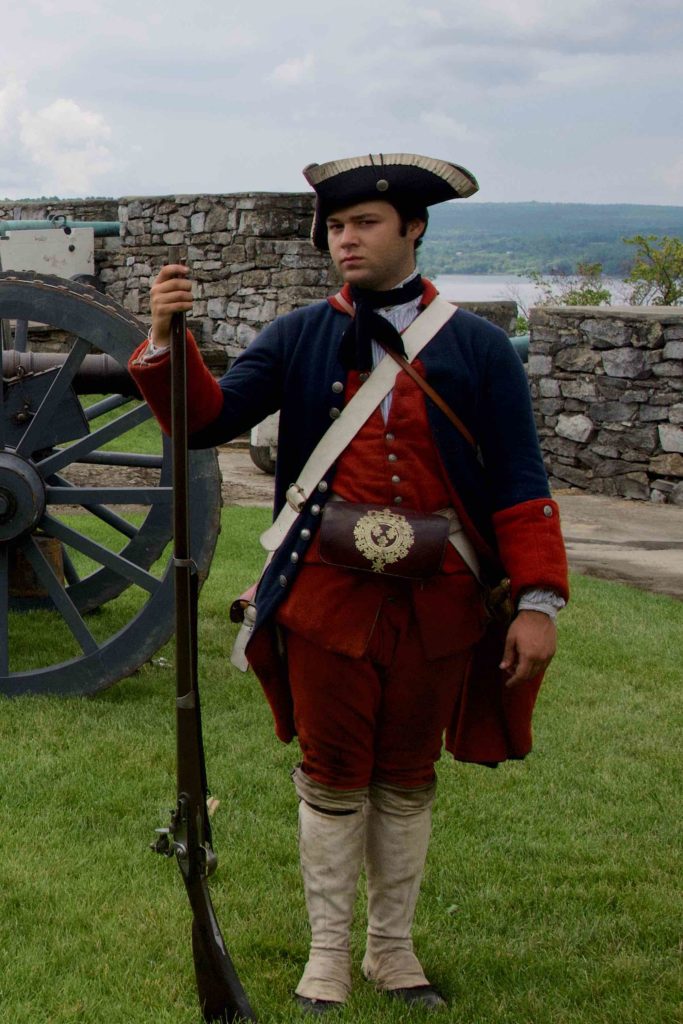
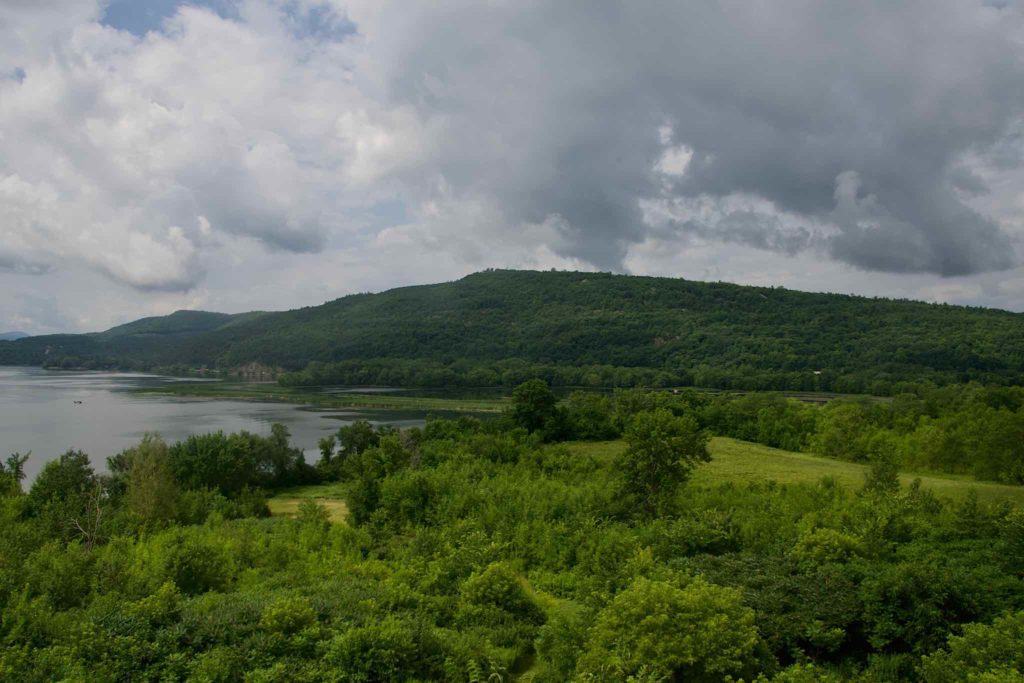
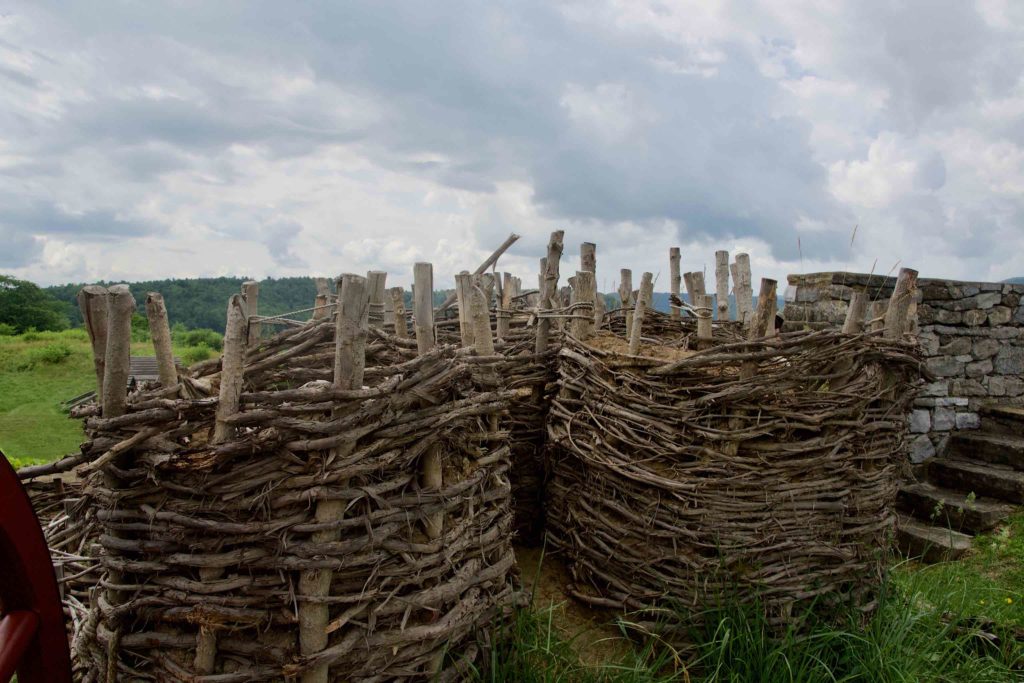
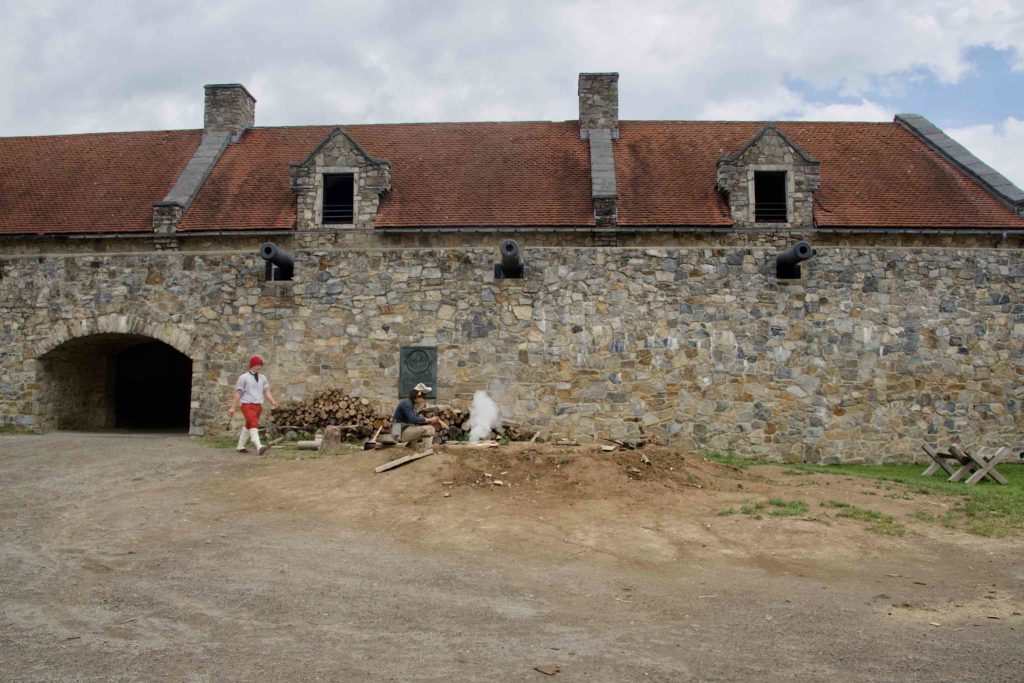
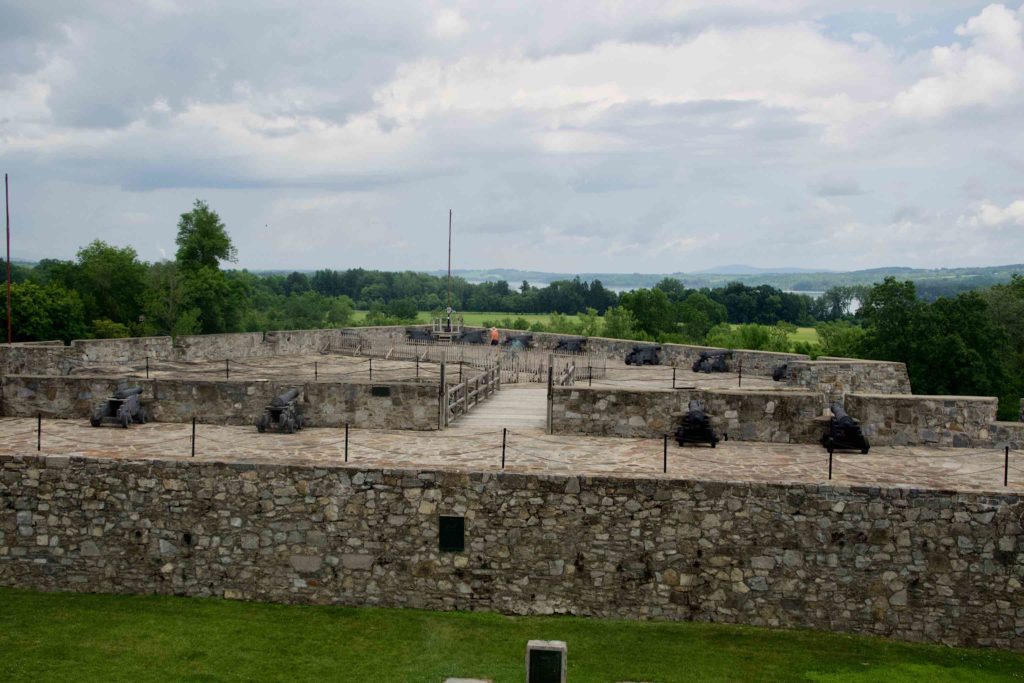

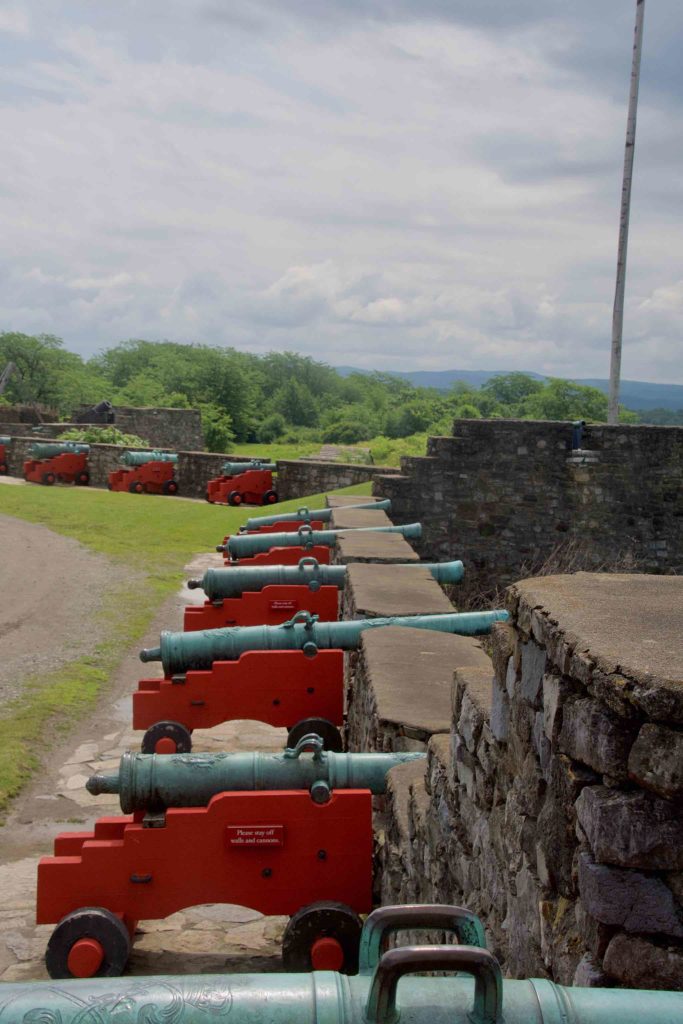
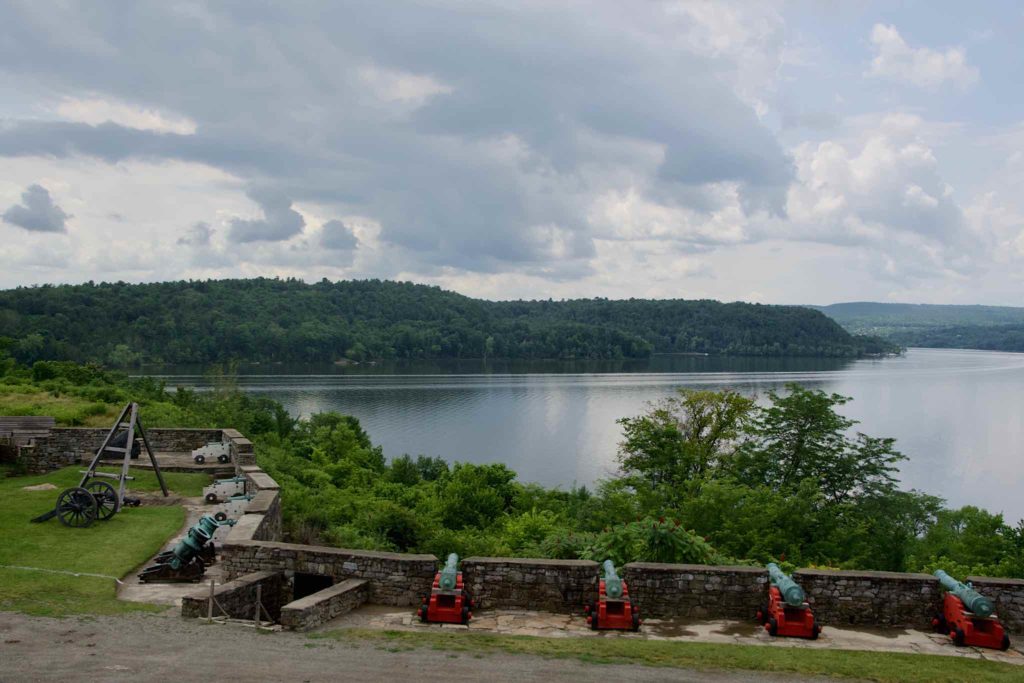
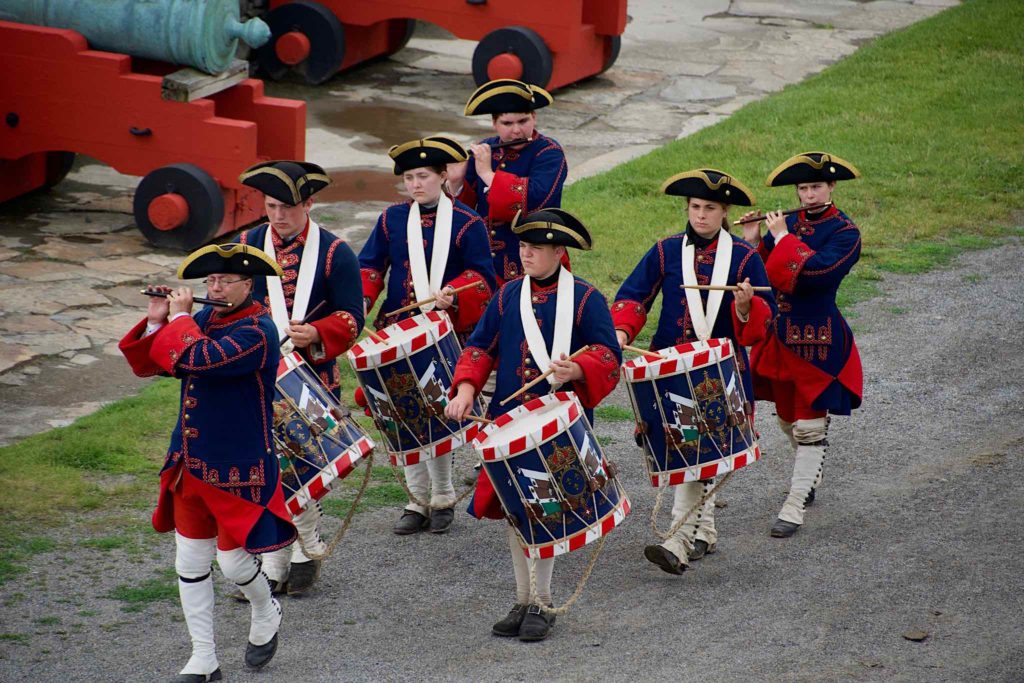
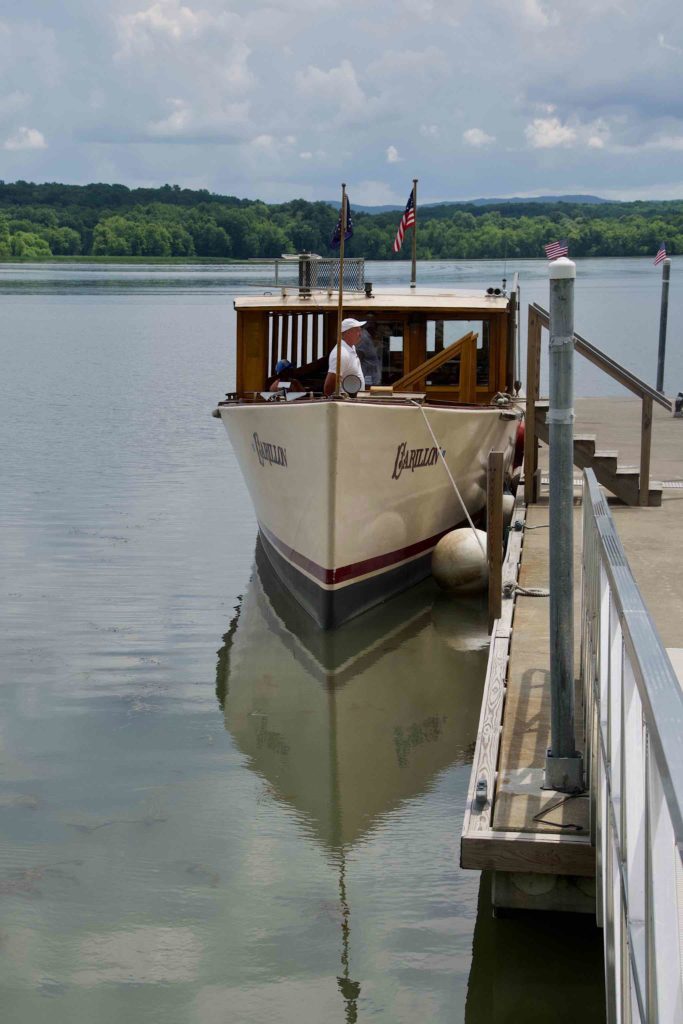
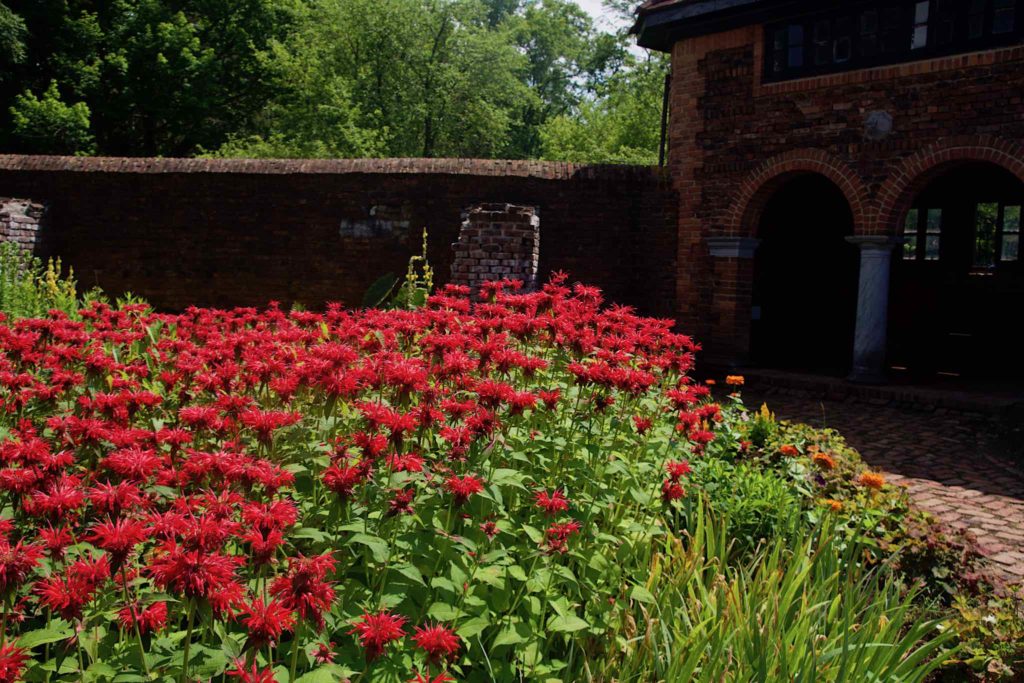

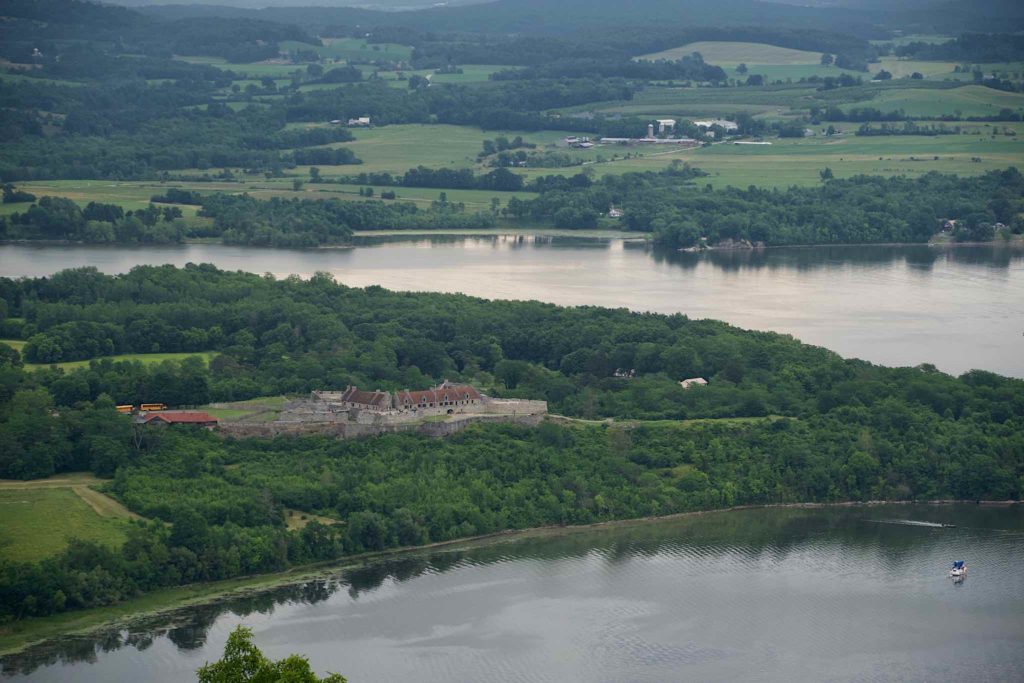
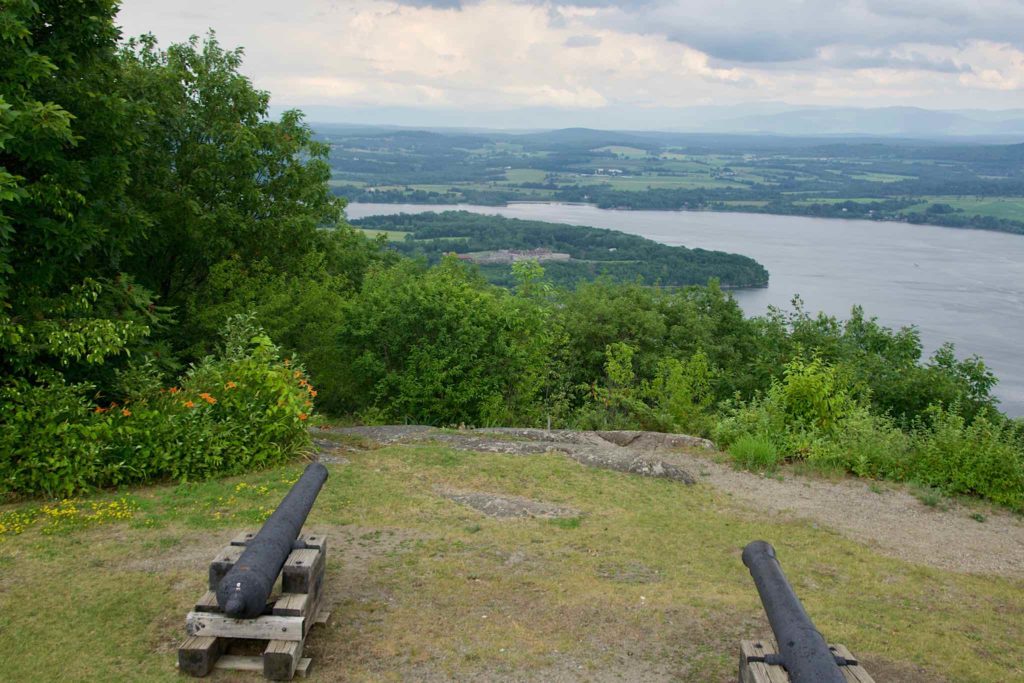
At this point, it was around 4 PM. If I had booked a second night at the Trout House, I would have been happy to stick around and kayak around Lake George. But I hadn’t, and figuring just over 4 hours of drive time, I decided to head home.
Trip Thoughts
- I used Apple Maps and Siri to get up and get back. For the most part it worked out well, though it did direct me wrong in a couple of places. A big part of the route up was via Route 12 in Massachusetts and New Hampshire, it would have been helpful to have realized that. But it took me up section by section.
- It was mostly backroads and non-interstate roads, and scenic. I do like these driving trips. I think it would have been even more fun on the bike, but the shoulder still can’t sustain it.
- The Trout House (I was in one of their “motel” rooms) was rustic, but nice. If I’d realized the kind of water facilities it had, and how much time I’d be spending at the fort, I probably would have booked two nights.
- Siri on the Apple Watch communicates with Maps on the iPhone when you re following a route, and it will “tap” you when it’s time to make a turn.